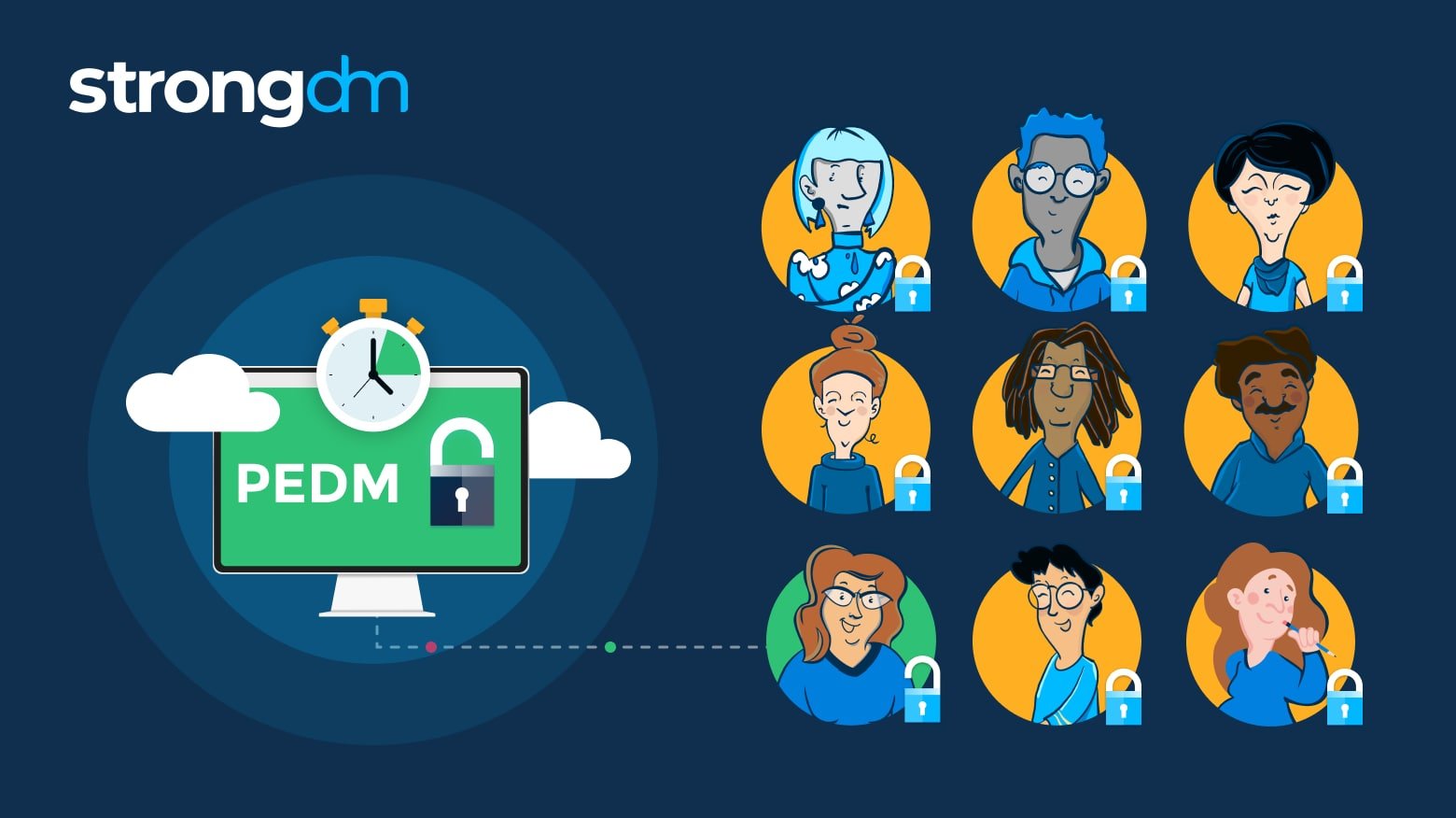
Latest blog posts from John

In this article, we’ll explore Privileged Elevation and Delegation Management (PEDM). You’ll learn how PEDM works and how it mitigates the risks associated with poorly managed privileged accounts. By the end of this article, you’ll understand why PEDM is an important security strategy and how businesses can use PEDM to manage privileged access and prevent cyberattacks.
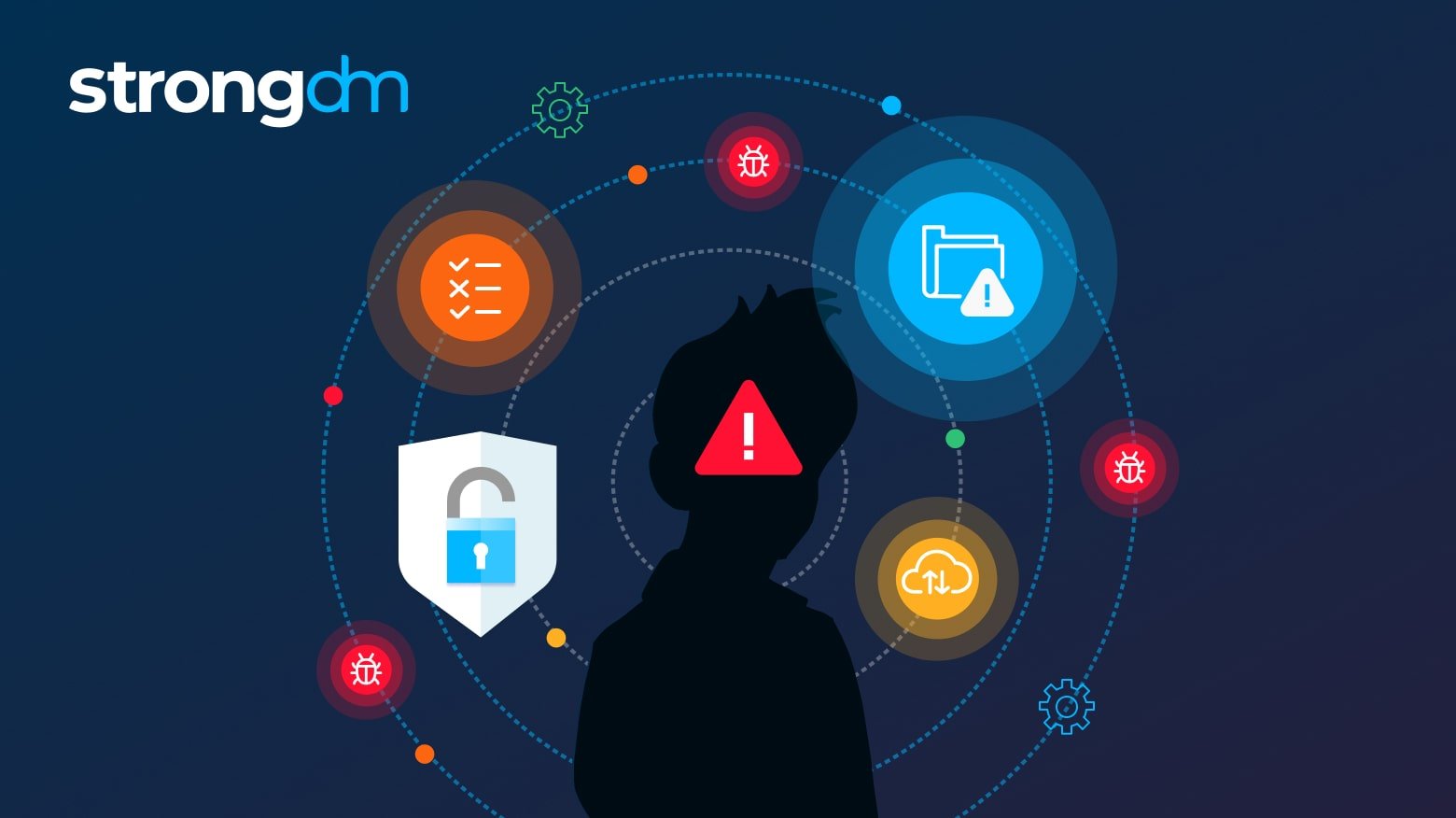
In this article, we’ll take a deep dive into attack vectors. You’ll learn what they are, the most common types, how they’re used, and why hackers continually use them to exploit vulnerabilities. By the end of this article, you'll have a thorough understanding of the fifteen most common types of attack vectors and what you can do to prevent your organization from falling victim to them.
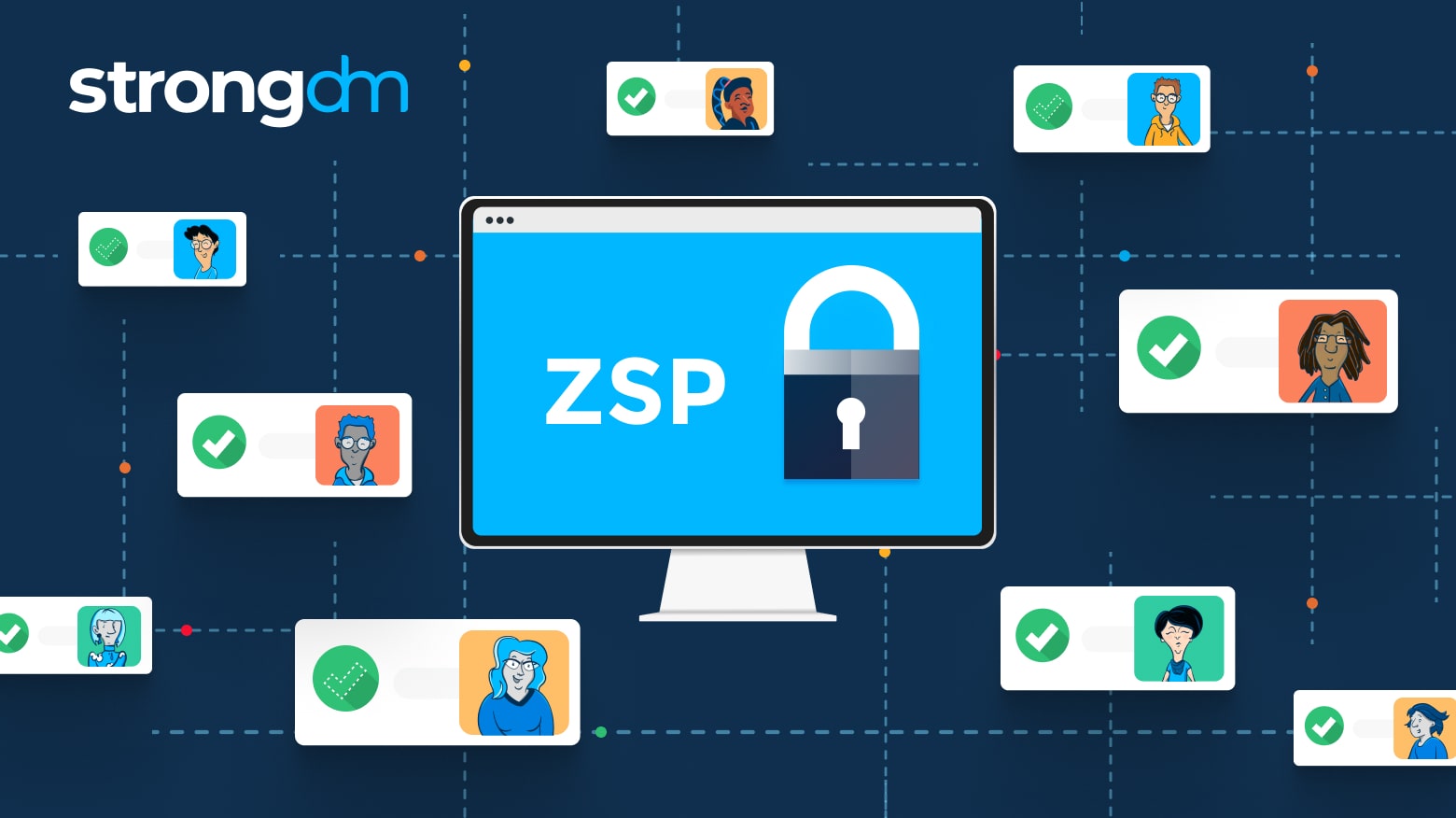
Securing sensitive company data starts with limiting who can access that data, and adopting a zero standing privileges security approach is a great way to control access. In this article, we’ll discuss what zero standing privileges (ZSP) are, how standing privileges are created, and how just-in-time access makes a ZSP model feasible. We’ll explore the risks that accompany standing privileges, the benefits of a zero standing privilege philosophy, and best practices to follow when adopting a ZSP
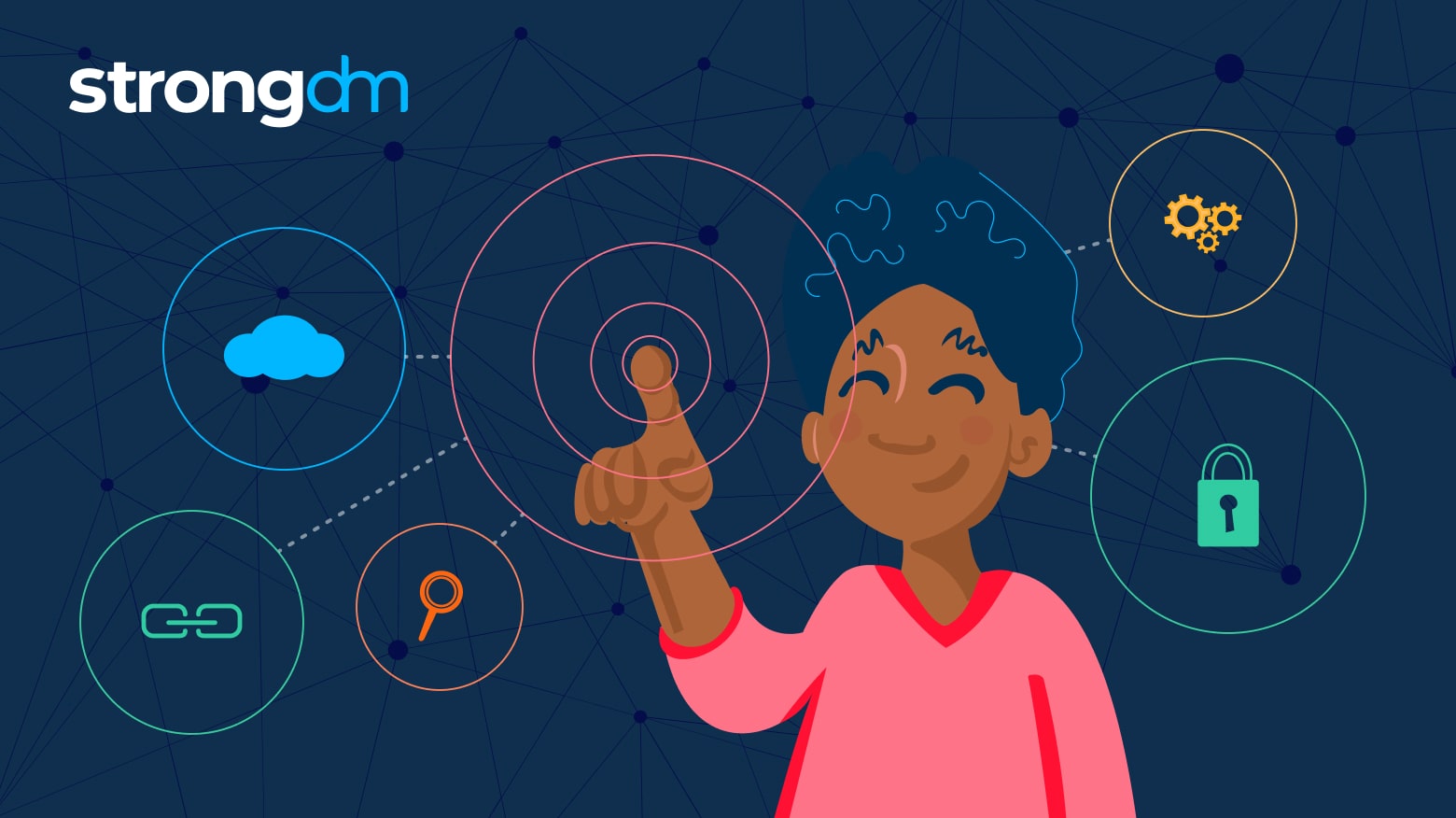
In this article, we’ll compare the top IAM solutions: StrongDM, CyberArk Identity, Okta, BeyondTrust, ManageEngine AD360, Saviynt, and Twingate. We’ll explore what business needs identity and access management solutions address, and review the pros and cons of each. By the end of this article, you’ll know how to choose the right IAM solution for your organization.
![Understanding ISO 27001 Controls [Guide to Annex A]](https://discover.strongdm.com/hubfs/iso-27001-controls.jpg)
In this article, we’ll cover the 14 specific categories of the ISO 27001 Annex A controls. You'll learn how to decide which ISO 27001 framework controls to implement and who should be involved in the implementation process. By the end of this article, you'll have a basic understanding of ISO 27001 Annex A controls and how to implement them in your organization.
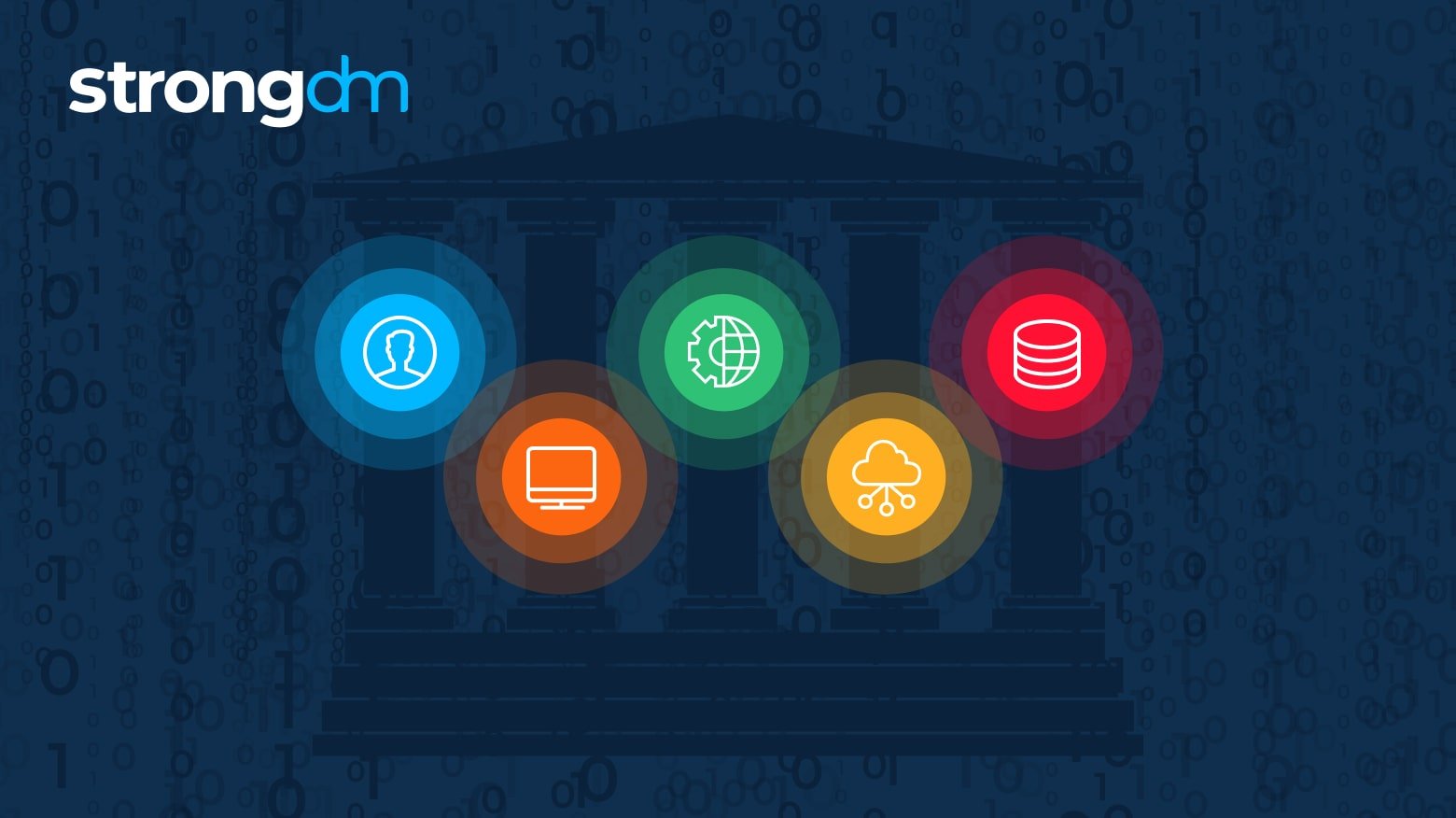
It is no surprise that President Joe Biden issued a Zero Trust executive order to protect federal government networks. On May 12, 2021, recognizing the dire situation, Executive Order (EO) 14028 was issued, focusing on protecting the U.S. from cybercriminals and cyberattacks. EO 14028 specifically recommends Zero Trust Architecture as necessary to defend the nation against threat actors. This post provides a summary of Executive Order 14028.
Saviynt is a popular identity and access management solution (IAM), but it may not be the best choice for every organization. In this article, we’ll explore powerful alternatives to Saviynt for companies with cloud-first IT infrastructure. By the end of this article, you’ll know whether Saviynt or one of these Saviynt competitors is the right fit for you.
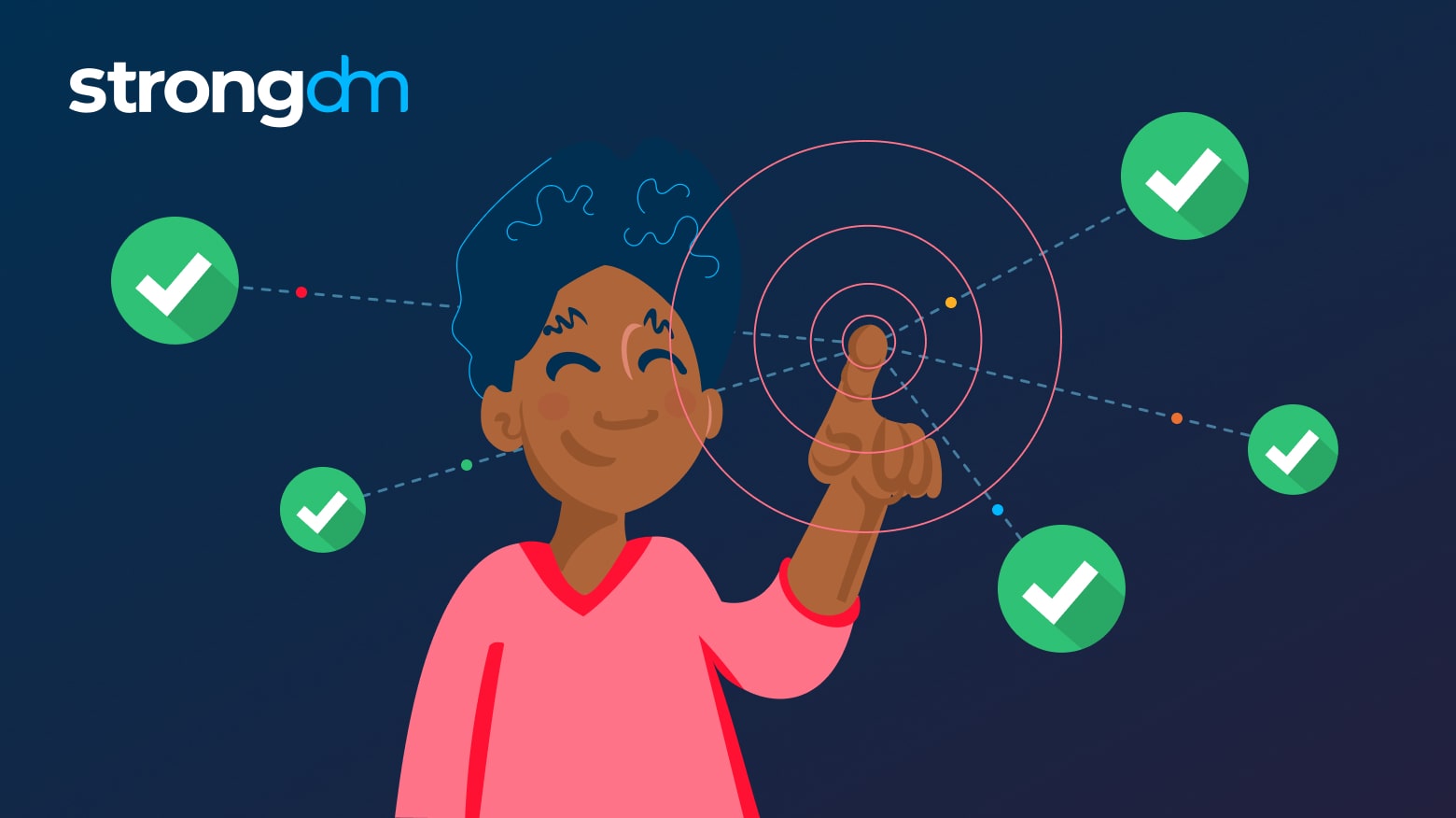
In this article, we’ll explain the concept of automated provisioning and how it's used in identity and access management. You'll learn about the importance of automated provisioning in an organization's IT management and its benefits to businesses and system administrators. By the end of this article, you'll have a deep understanding of automated provisioning and how it works.
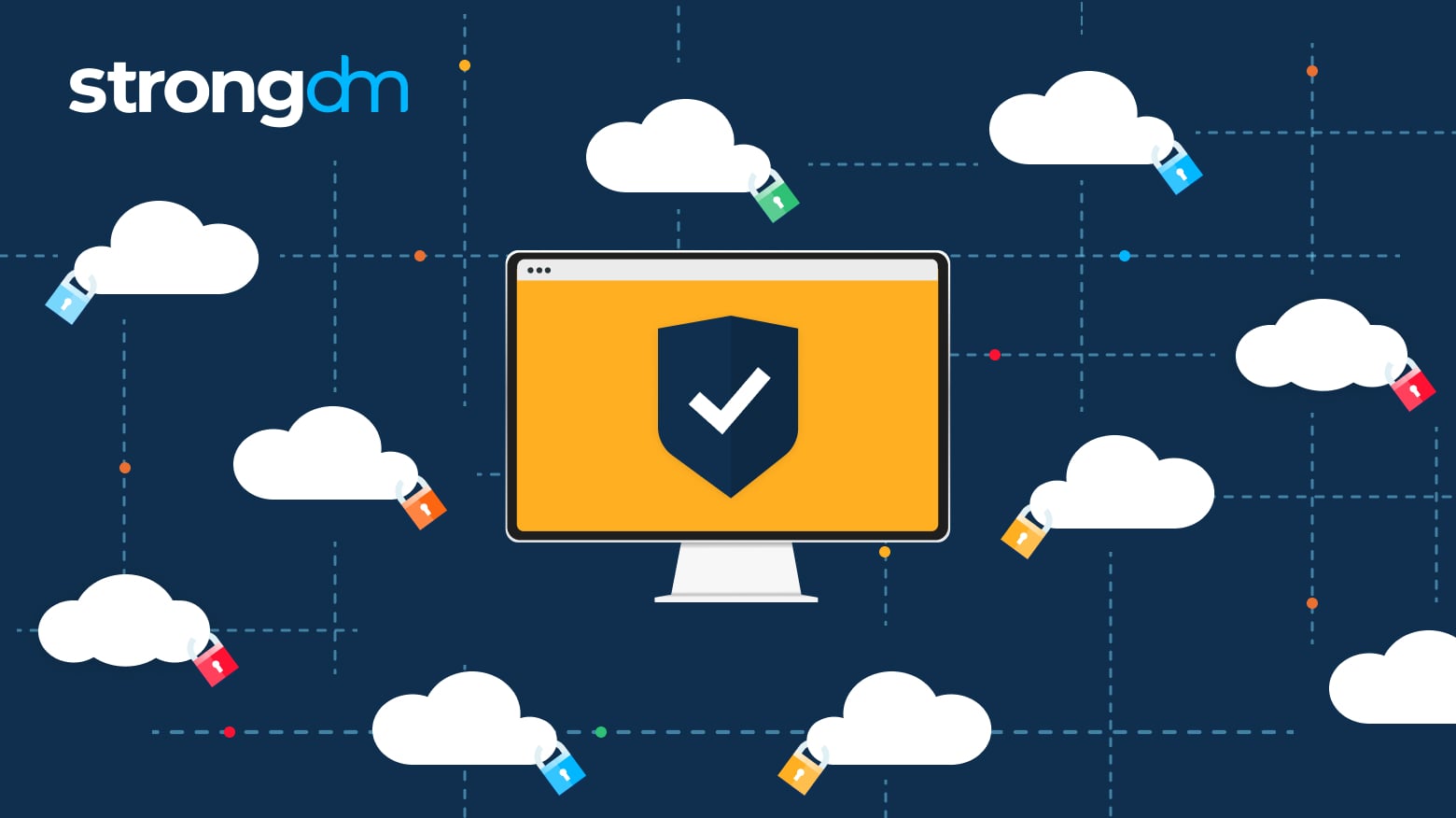
Enterprise cloud security is quickly becoming a cybersecurity best practice for large organizations. In this article, we’ll explore what enterprise cloud security is, why it’s important, and the challenges organizations experience with enterprise cloud adoption. You’ll learn about common cloud security issues and the best practices you should adopt to avoid those issues. By the end of this article, you’ll feel confident choosing the right enterprise cloud solution for your organization
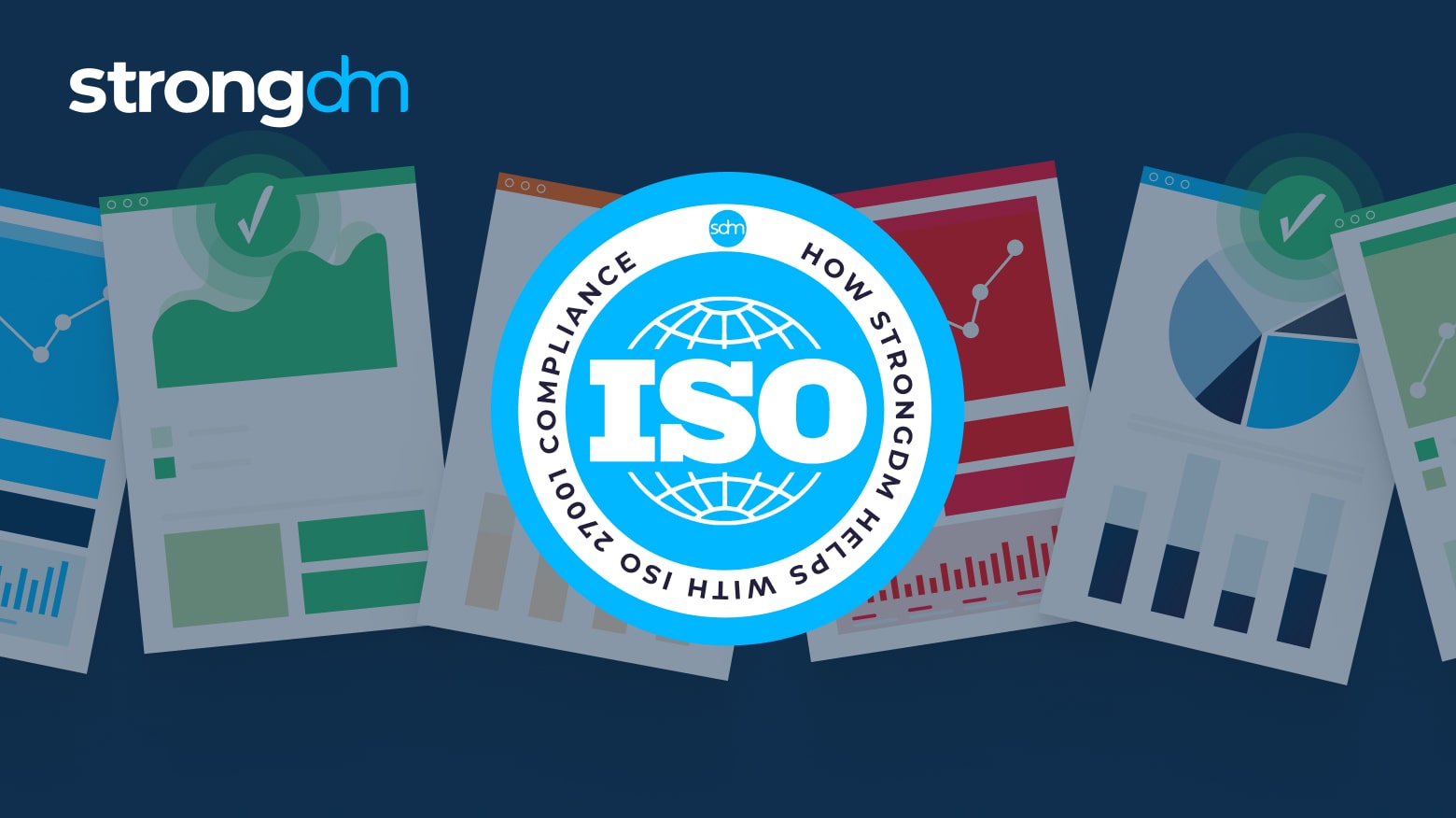
To become ISO 27001 certified, organizations must align their security standards to 11 clauses covered in the ISO 27001 requirements. In this article, you’ll discover what each clause in part one of ISO 27001 covers. We’ll also take a big picture look at how part two of ISO 27001—also known as Annex A—can help your organization meet the ISO/IEC 27001 requirements.
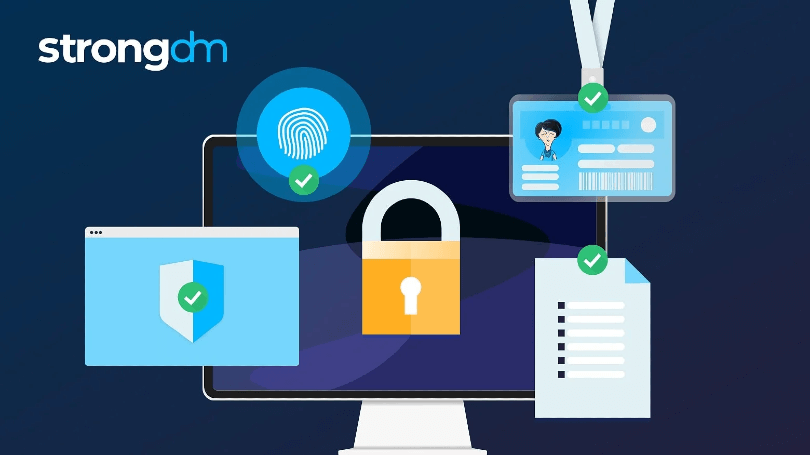
In this article, we’ll review the leading privileged access management (PAM) solutions on the market. We’ll explore the pros and cons of the top privileged access management vendors so you can easily compare the best PAM solutions. By the end of this article, you’ll feel confident choosing the right privileged access management solution for your organization.
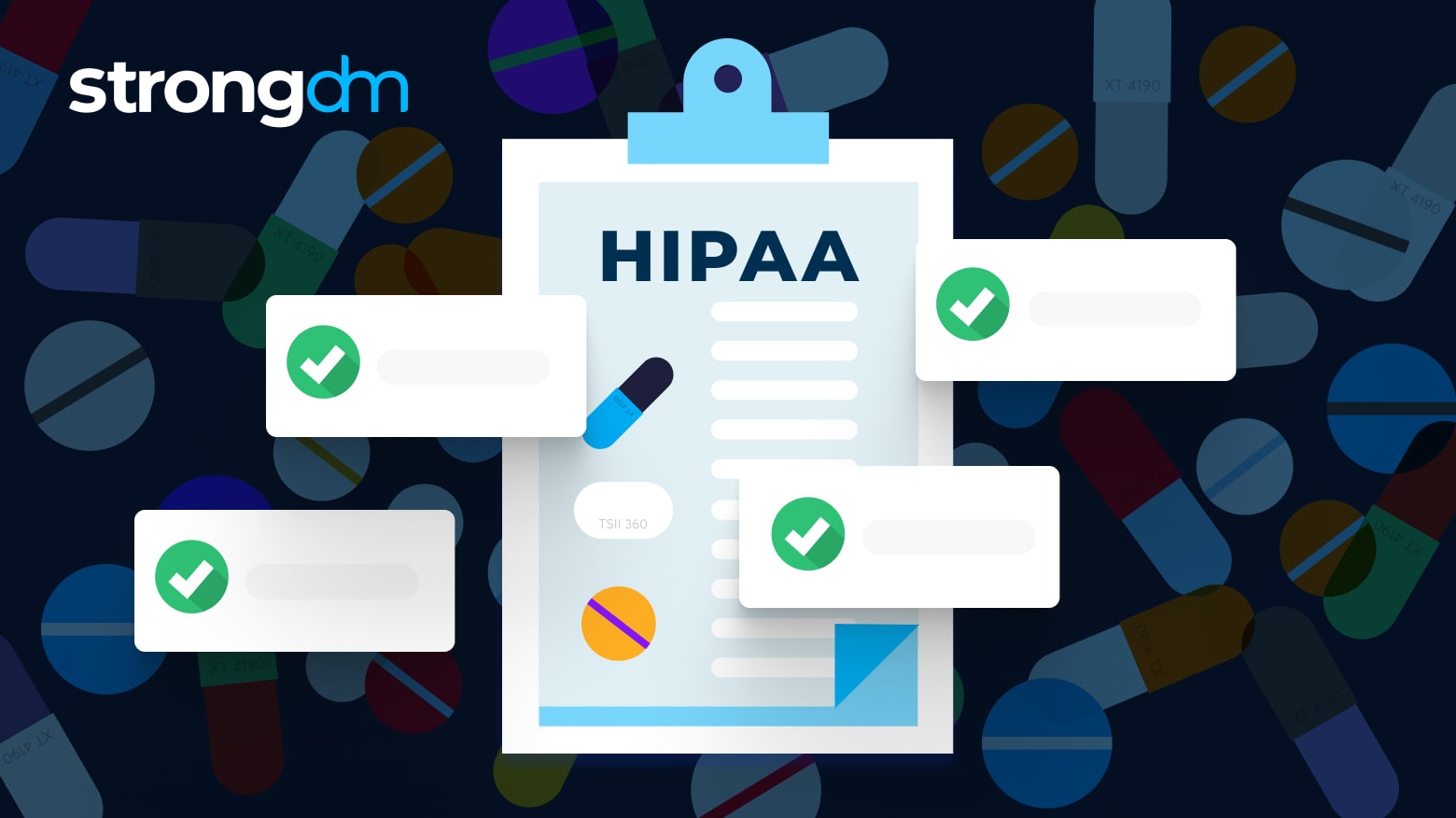
Following a HIPAA compliance checklist can help HIPAA-covered entities comply with the regulations and become HIPAA compliant. In this HIPAA compliance guide, we’ll review the 8 primary steps to achieving HIPAA compliance, tips on how to implement them, and frequently asked questions.
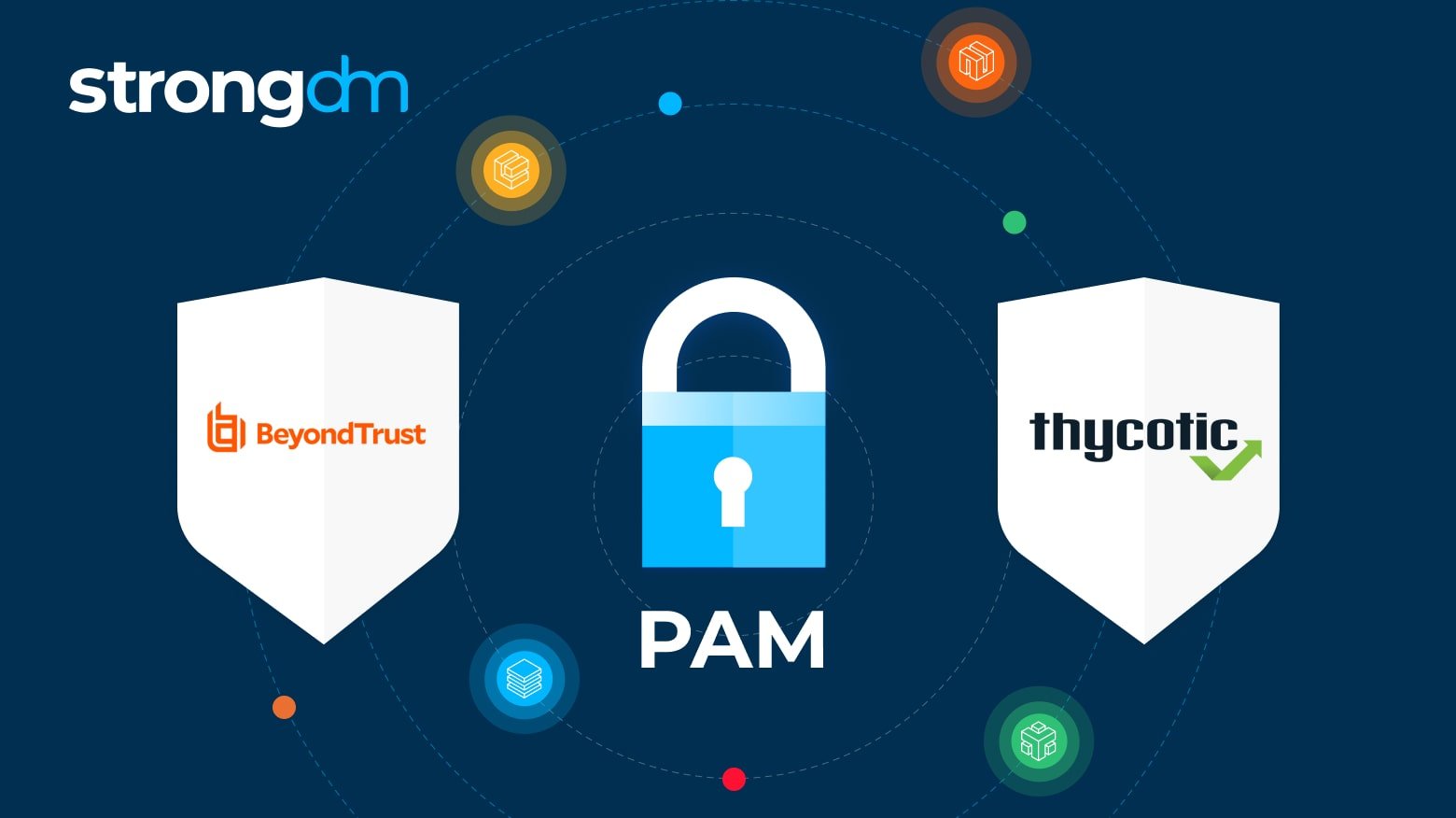
This article compares two Privileged Access Management (PAM) solutions, BeyondTrust vs. Thycotic (Delinea). It takes a closer look at how these PAM products work and how they fit in with your organization’s access management strategy. We’ll examine product summaries, use cases, and pros and cons. By the time you’re done reading this article, you’ll have a clear understanding of the similarities and differences between these PAM tools and be able to choose the tool that best fits your
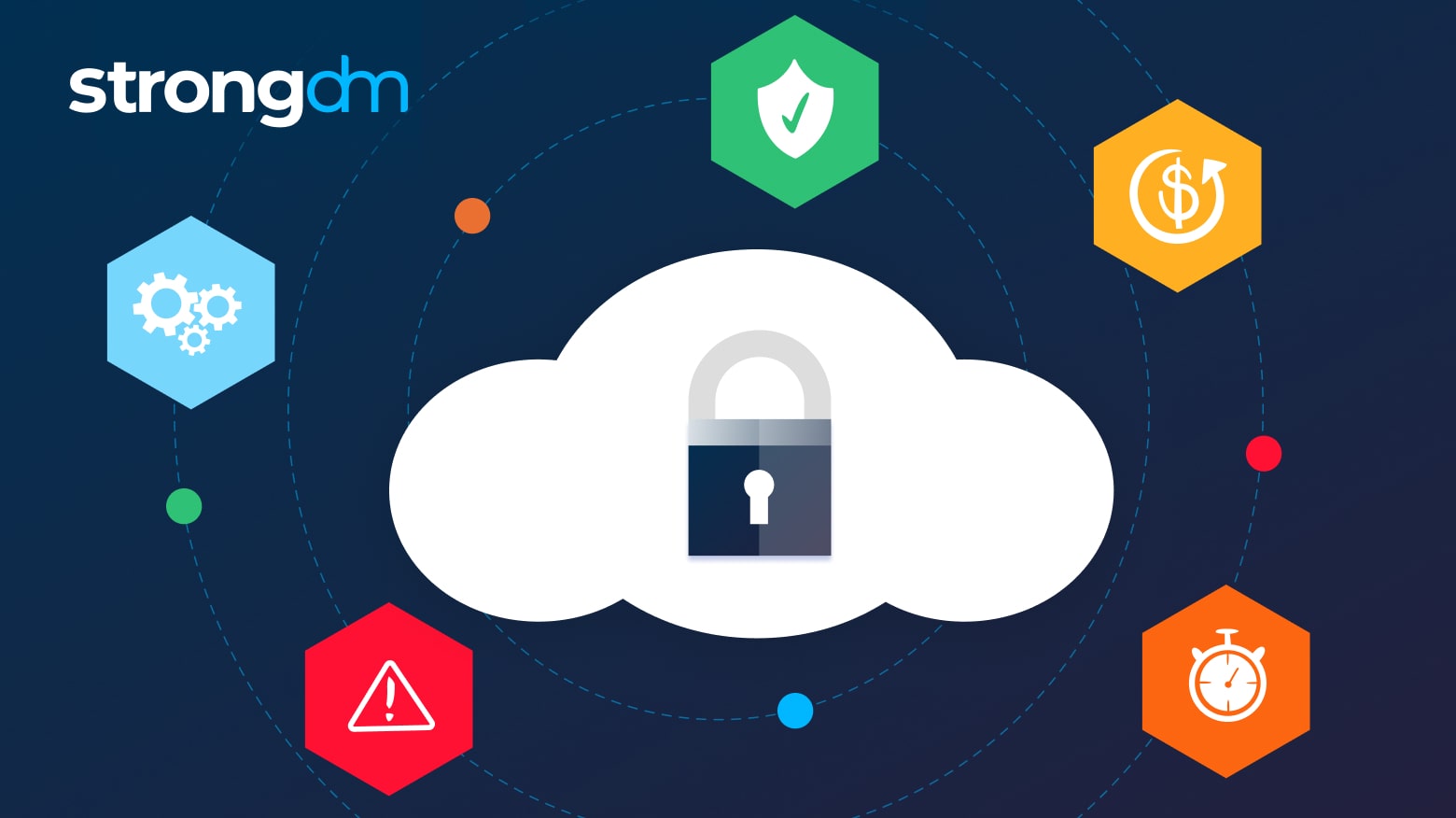
This article looks at identity and access management (IAM) in cloud computing. You’ll learn how cloud IAM differs from traditional on-premises IAM, explore the benefits and challenges of cloud IAM, and discover how to choose the best cloud IAM system for your organization. By the end of the article, you’ll have a deeper understanding of the components of cloud IAM and how these software solutions can help mitigate cyberattacks that threaten your organization.

